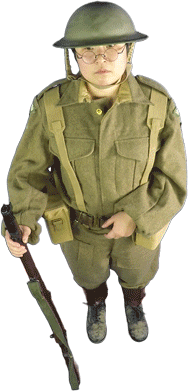- This topic has 14 replies, 9 voices, and was last updated 6 years ago by .
Viewing 15 posts - 1 through 15 (of 15 total)
-
Thermodynamics/Materials/Physics/Engineering question
-
Viewing 15 posts - 1 through 15 (of 15 total)
The topic ‘Thermodynamics/Materials/Physics/Engineering question’ is closed to new replies.

